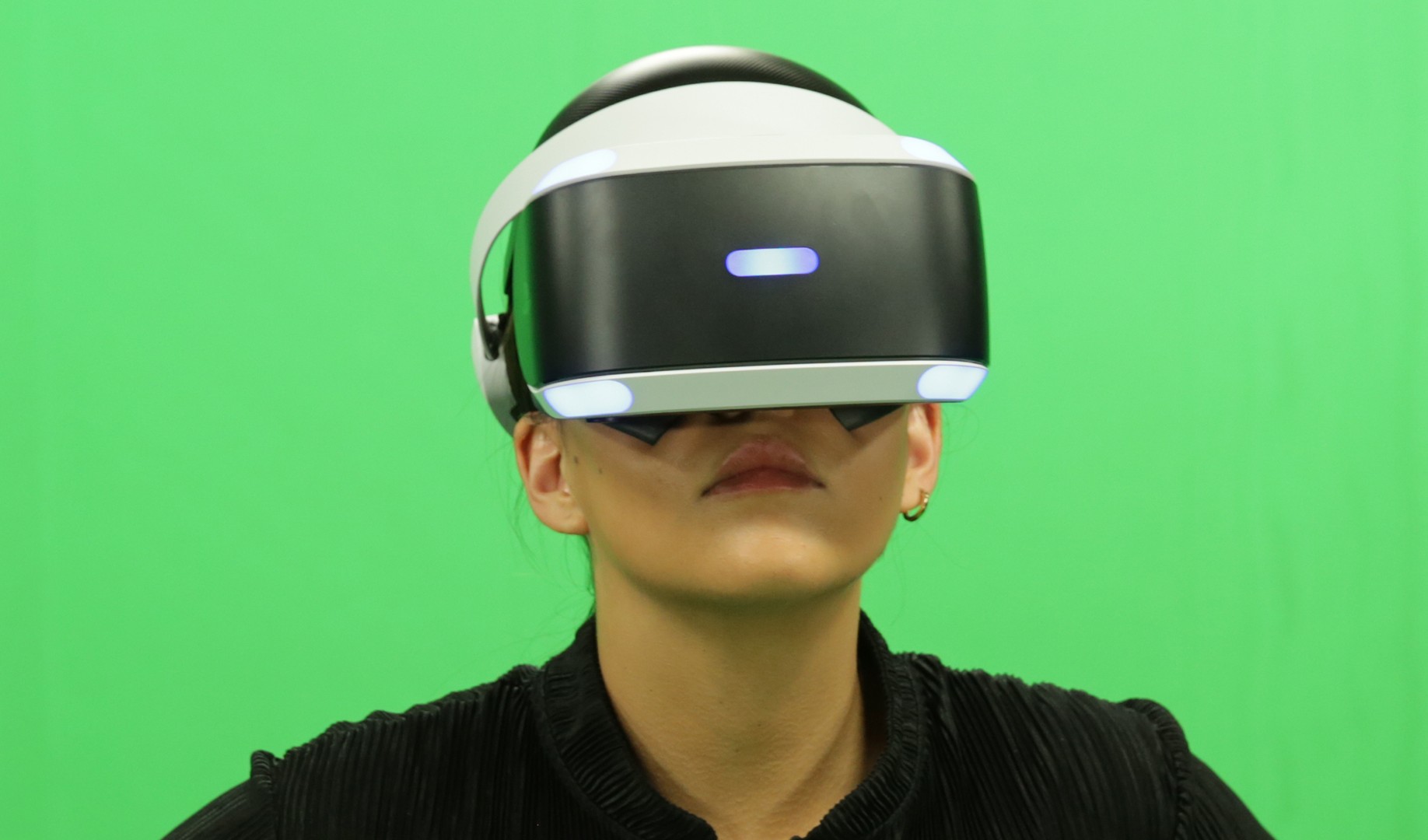'Rise of the Tomb Raider' screenshots courtesy of Square Enix
Advertisement
Advertisement
Advertisement
Watch VICE Gaming's short film on virtual reality video games

The sights are spectacular, too – within the first few seconds, you can spin the camera around to take in the mountains that surround Lara and her companion, Jonah Maiava, as they climb up to where she suspects a lost city can be found. Even before you move, in the game's first cutscene, you're shown your objective and it's massive: that huge peak, over there, is where you're headed, and there's no way that you're stopping now. That is one hell of an invitation – you've barely had the disc out of the box and the training wheels aren't just off, they've been smelted down into the bullets you'll need for later. There's no Modern Warfare-style here's the basics sequence – it's you, against the extremes, immediately.
Advertisement
Playing a second time, I'm more aware of just how, well, wild Lara is in this game. She's desperate to throw her remaining doubts about her father's own explorations, ideas and ethics to the wayside. She's already been through hell once – that was 2013's Tomb Raider – and now doesn't bat an eyelid at reaching straight for a revolver to get the job done. She is close, maybe, to being genuinely a little unhinged, unable to be talked down from pressing on, whatever the costs. When Jonah tells her, "The others, they're done," as they stare up at the first stage's climb to come, she's unmoved: "I'm not turning back." When she hears someone at her door, she immediately goes for a weapon. The Lara that cried after she murdered a man, in self-defence, in the preceding game is gone – in her place, a willing killer. Which goes some way towards making the Uncharted-levels of dead bodies she leaves in her wake rather more believable, if not quite justified.Rise of the Tomb Raider squeezes so much into its first hour that it feels like you've been playing a lot longer than you have – in a good way. A great way. Everything it asks you to remember, you retain, because of the steady delivery and situational circumstances that only demand the response of one function. Swing. Switch. Shoot. Scramble. It's all laid out like musical notes on a page: press too many keys on a piano at once and the whole song's a mess, whereas Rise… constructs electric melody from its input demands and the result is quite the arresting ride. The sole downside to its early (and sustained) excellence: the done once and forevermore clicking of the right stick to highlight nearby collectibles with a golden glow. A more graceful way to hunt out these trinkets would have been cool, but then, it gives Crystal Dynamics something to work on for Lara's next adventure.Rise of the Tomb Raider is out now for PlayStation 4, Xbox One and PC.@MikeDiverFind more gaming coverage on VICE here, follow VICE Gaming on Twitter, and like us on Facebook.New, on Motherboard: Watch Over 100 People Try to Stop a Plane Landing in 'Grand Theft Auto V'
